Pam Knox
-

The very wet April followed by the very dry May have caused a variety of agricultural impacts in the Southeast. Here is a sampling of what I have seen in news stories. The Southeast Farm Press noted that the dry conditions in early May came at a bad time for pre-applied herbicides to activate. Weeds…
Posted in: Climate and Ag in the news, Crops, Drought, Extension agent outreach, Livestock, Uncategorized -
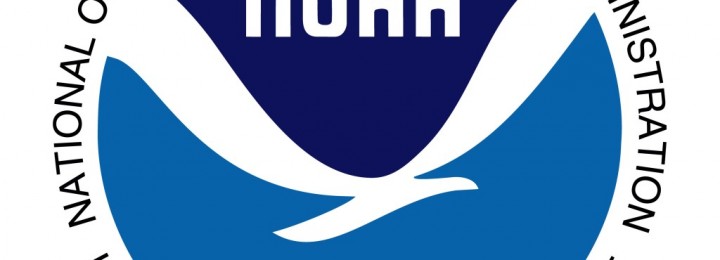
The National Centers for Environmental Information (formerly known as the National Climate Data Center) announced a new blog this week which will feature in-depth discussions of current and past climate. They will look at trends in climate over time, compare current to past events, and more generally discuss how climate data are collected and used…
-
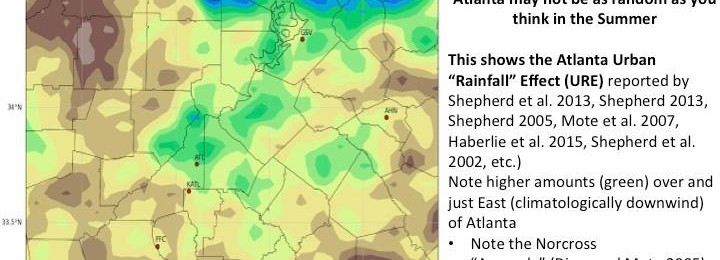
Jordan McLeod of the Southeast Regional Climate Center put together this nice graphic showing the impact of Atlanta on summer rainfall in North Georgia. Dr. Marshall Shepherd of UGA provided the commentary and posted it on Facebook.
-
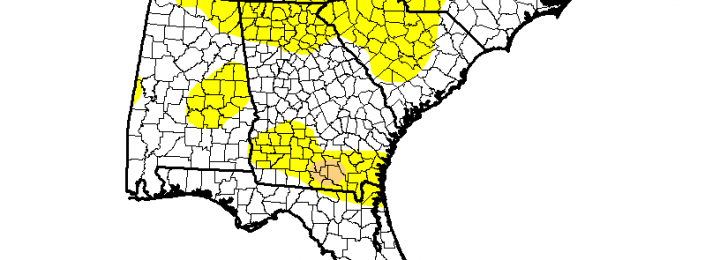
The latest National Drought Monitor was issued this morning and shows that abnormally dry conditions expanded from 20 to 34 percent of the region, mostly in the western Carolinas and Virginia. Dry conditions decreased in Alabama, but moderate drought reappeared in south-central Georgia, which has missed most of the rain this past month. Updated drought…
-
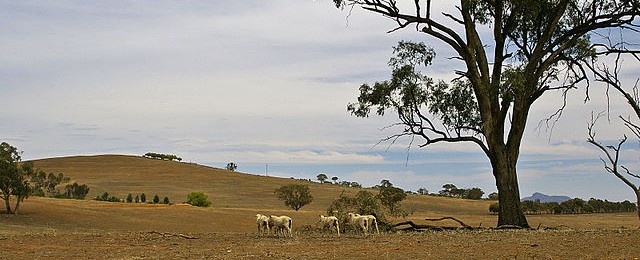
Four years of drought in California and the prospect of even longer droughts in the future has Californians seeking for insight into how to deal with these longer droughts. Australia has survived their “Big Dry”, which lasted from the 1990s through 2012, and are a natural source of information on how to cope with long-term…
-
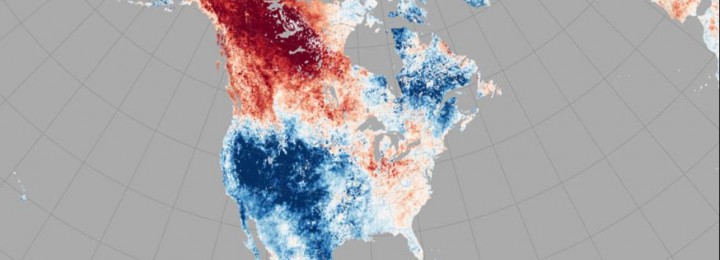
While temperatures here in the Southeast have been fairly seasonal recently, Alaska has been baking with temperatures far above normal. NASA released an image showing the variation in temperatures from average for the period May 17-24. It shows the wide band of above normal temperatures in Canada and eastern Alaska stretching all the way up…
-
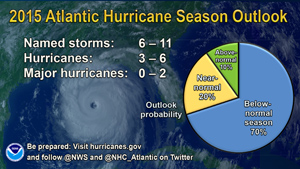
As part of National Hurricane Preparedness Week activities, NOAA has released its seasonal forecast for the Atlantic hurricane season today. The forecast shows that they are expecting fewer tropical storms and hurricanes this year than usual. primarily due to the effect of El Nino. In El Nino years, development of storms is often curtailed due…